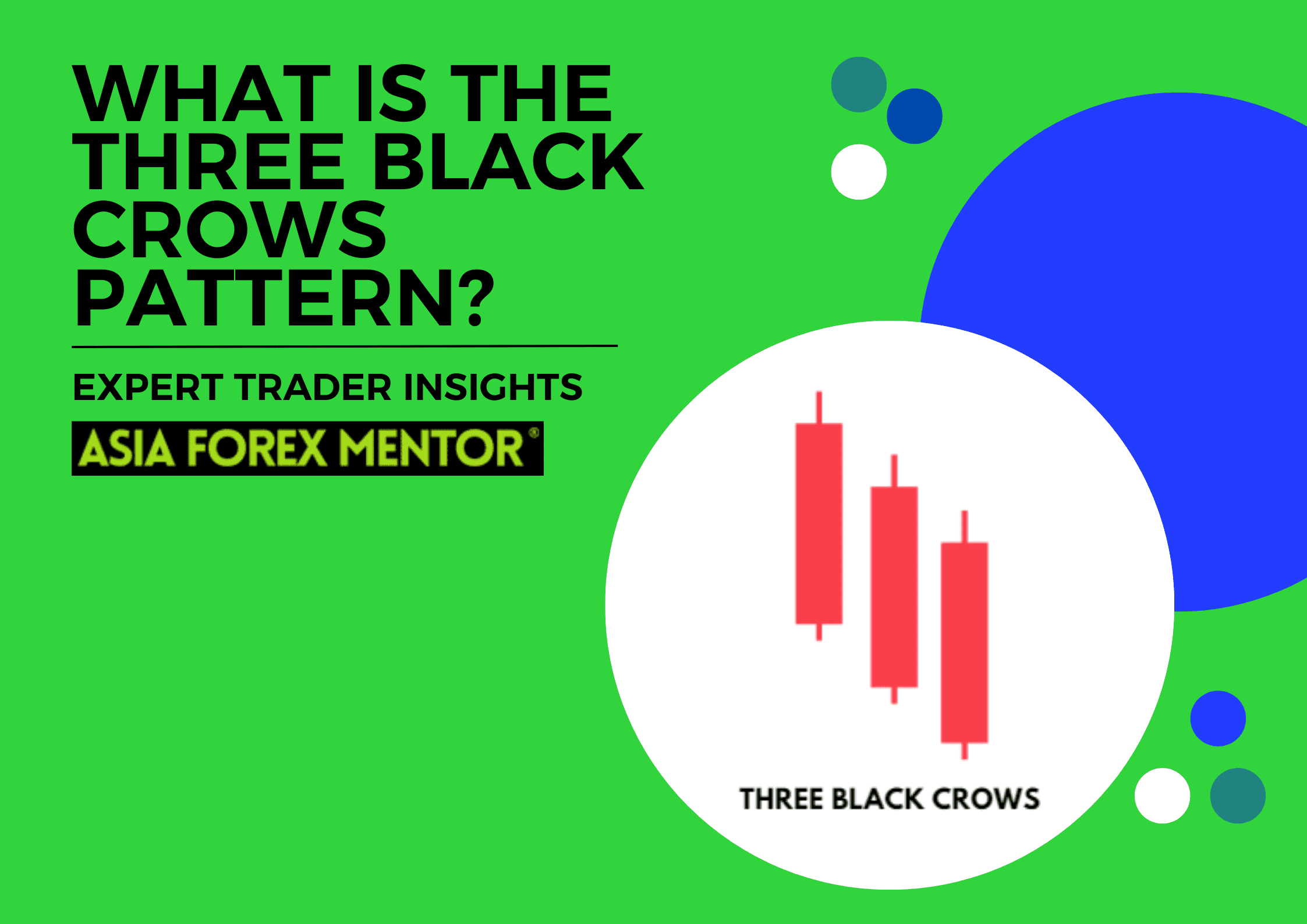Technical analysis of currency movements is now, more than ever, part of the Forex market. As time has passed, different ways of collecting and displaying data have arisen. These differing ways can be taken in isolation to either create or back up a strategy, or can be combined in order to read how the market has arrived at its present point, and how it is likely to move forward. This enables more confident predictions and sounder investments. As time goes on, more data is collected and trends are reinforced. The awareness of a trend allows a more realistic understanding of the market. For someone just starting as a Forex trader, this kind of data is all-important.
One method of technical analysis is looking at diagrams and graphs. Taken over a period of time, this allows us to define and explain a pattern. One of the most popular styles of graph is the “Candlestick pattern”, which tells at a glance for any given day where the price was at the start of a period, at the end of the same period, and its highs and lows in the intervening time. Thus you can see at a glance if a currency is genuinely rising fast or slow, or falling at the same rate. The use of Fibonacci figures is another popular analytical tool. It looks at certain points in the rise or fall of a market and – with incredible regularity – predicts when it will stabilise or “retrace” (this means reversing its trend).








